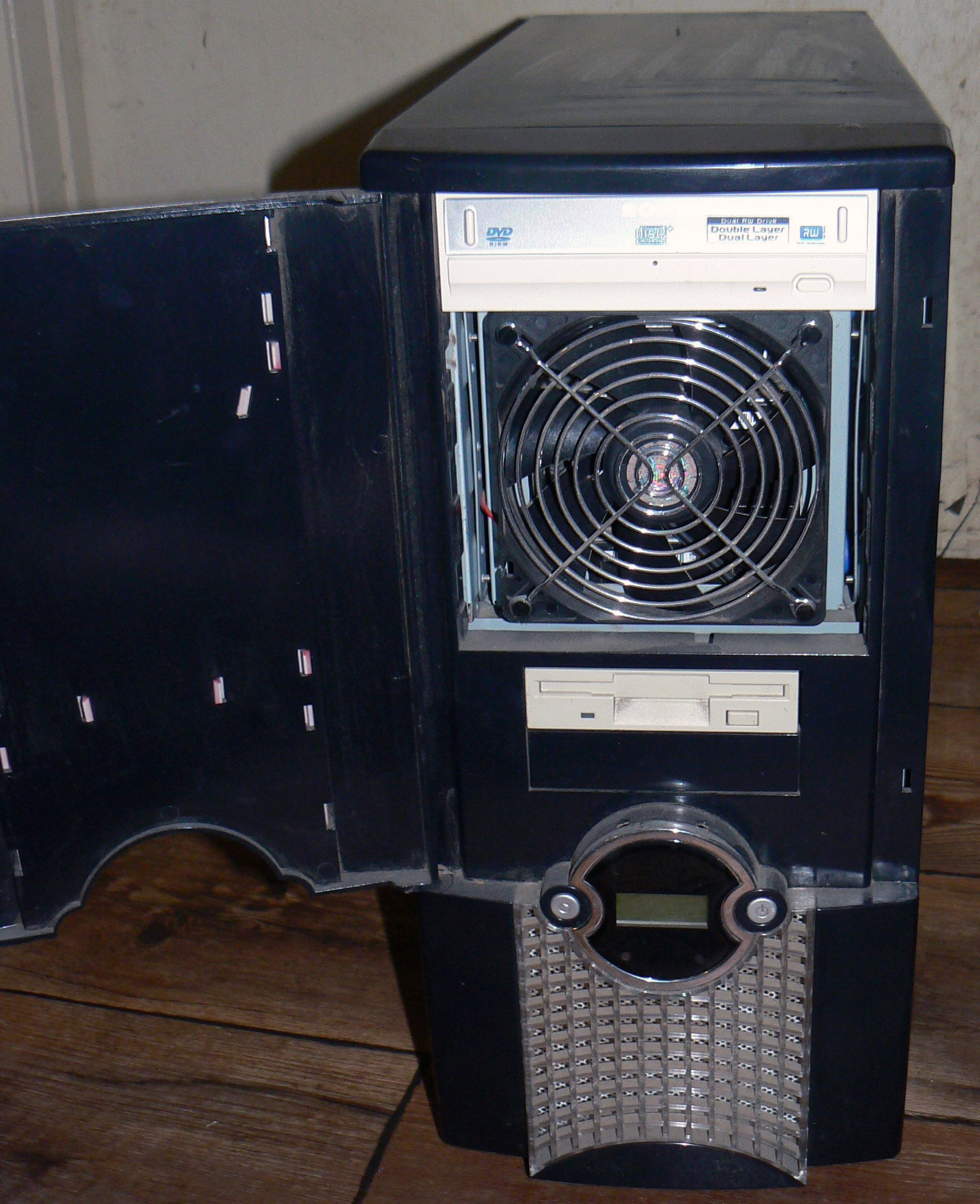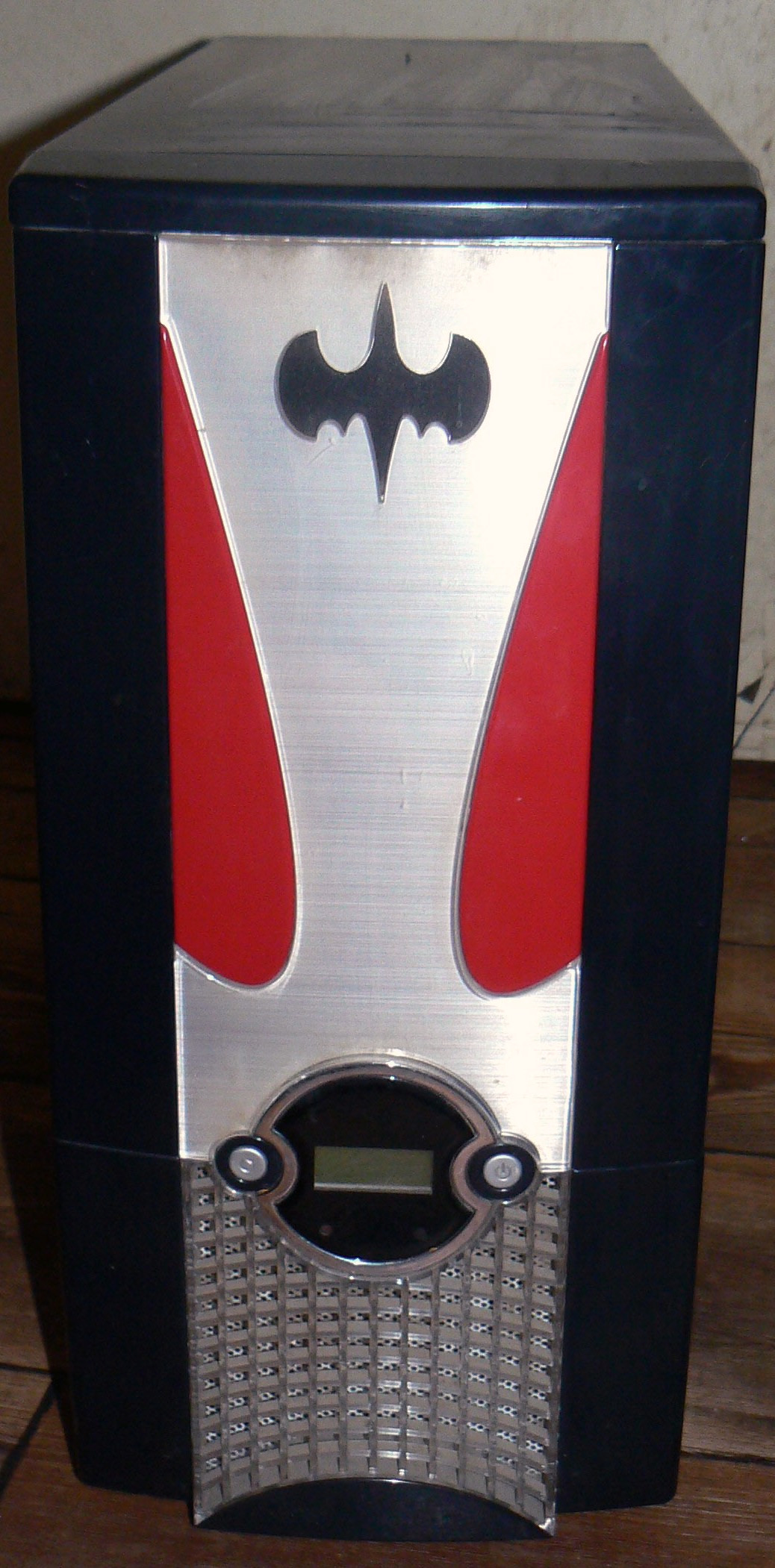Reader's Voice: Building Your Own File Server
Introduction
Perhaps you've decided to take the plunge and build your own personal file server. But why bother with dedicated storage hardware when the desktop hard drives in your PC already offer up to 2 TB of capacity? Personally, I built my own file server so that I would have a backup of my data separate from my working PC.
Another good reason to have a networked server is easier access to data from multiple machines. For example, if you have an MP3 collection and want to listen to it from a home theater PC (HTPC) in the living room, it is easier to have all of your music centralized and browse straight to it over the network.
Of course, you can store any collection of files on a server without having to maintain multiple copies of your data on several systems. If the file server is configured to use RAID 5 or RAID 6, it will also be able to withstand a hard drive failure (or two) without data loss, unlike information stored on a desktop PC with a single hard disk.
The Why's Of NAS
There are many different types of file servers. The simplest is a basic external hard drive, which is cheap, fast, and flexible. As long as your data fits on a single disk, that’s perhaps the most economical route to backup your files.
External hard drive enclosures can offer many different interfaces. USB 2.0 is perhaps the most common. It isn't very fast (480 Mb/s), but virtually every computer has USB connectivity. Another popular interface is FireWire. There are two different FireWire speeds: 400 and 800 Mb/s. Most enclosures that support FireWire come equipped with the 400 Mb/s type. In practice, it is even faster than USB. But unfortunately, it’s less ubiquitous than USB. The newest (and fastest) external storage interface is eSATA. Running at 3 Gb/s, it matches the performance of internal SATA ports and is able to serve up more bandwidth than any single mechanical drive is able to saturate.
All of these interfaces, which attach directly to a single computer, are examples of direct-attached storage (DAS). DAS’ strengths are its simplicity, performance, and cost. On the other hand, when the host computer is off, you can’t access any of the files housed on a direct-attached drive. Another limitation stems from connecting directly to a host machine. Generally, only that host will have access to the stored data, and if you try to share the drive over a network, performance on that machine suffers as client systems hammer the DAS device.
Get Tom's Hardware's best news and in-depth reviews, straight to your inbox.
The way around the shortcomings of DAS is by not attaching your external storage to a computer at all, but to a network instead via network-attached storage (NAS). As long as a NAS appliance is powered on, it can be accessed from any computer on the network. Chances are good that you’ll attach the device through a single Gigabit Ethernet connection, which should be fast enough for most folks. If it isn’t, you probably won’t be rolling your own file server, but buying a high-end unit with multiple gigabit links, lots of storage space, and support for teaming.
File servers of the DAS and NAS variety often accommodate multiple hard drives. Some enclosures hold two disks and some hold more. The box might support RAID 0 (striping, which can be faster than a single disk), RAID 1 (mirroring, which can protect you against a single disk failure), or RAID 5 (striping with parity, which can also protect you against a single disk failure). Some high-end boxes even support RAID 6, which is similar to RAID 5, but can tolerate two disks failing.
However, these RAID boxes have some limitations. They tend to be expensive. The Qnap TS-509 Pro costs $800 without storage, for example, but does support RAID 5 and 6. With that system, as with most ready-built storage boxes, you’re also forced to use the operating environment that is pre-installed, which might not be as flexible as the software you would prefer. Finally, while some retail NAS boxes can be expanded, most are limited to a single eSATA port or a couple of USB connectors.
So, let's see what we can do using conventional PC hardware to achieve the same NAS goal.

